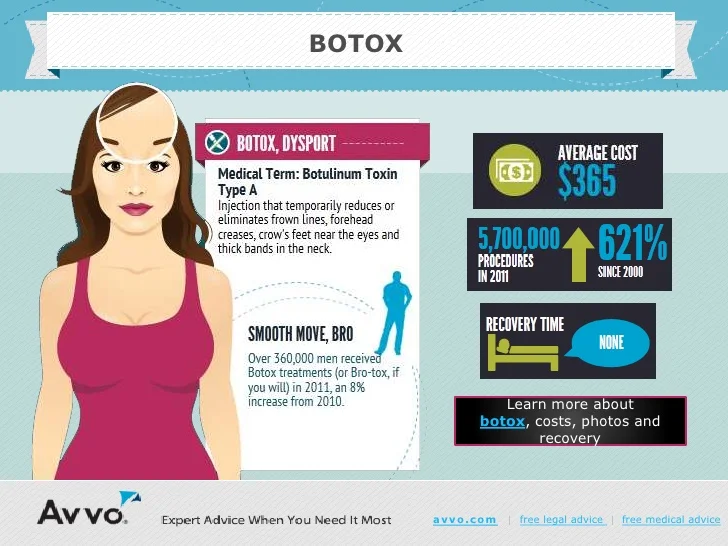Causes Of Adult Acne
Causes Of Adult Acne
Blog Article
Causes of Acne on Cheeks
Acne breakouts in the cheek location are set off by many points, from touching your face often to not transforming your pillow case typically enough. Picking at imperfections boosts your risk of infection and scarring, and particular medications can worsen dark places (postinflammatory hyperpigmentation).
Thankfully, there are numerous methods to avoid and treat cheek acne. These include:
1. Hormonal Modifications
Acne is mostly triggered by hormones, particularly those created during puberty and pregnancy. For some, a family history of acne may also add to their problem. Anything that obstructs pores, such as oil-based skin treatment items or ceraceous hair products, can set off acne. Various topical treatments, like benzoyl peroxide and salicylic acid, can fight bacteria and unclog pores. Those with extreme or persistent acne must look for treatment from their doctor.
Avoid touching or squeezing your acne, as this can push several of the microorganisms deeper right into the skin, bring about a more extreme outbreak. It is additionally crucial to alter pillow cases frequently and utilize clean makeup brushes. You need to additionally attempt to prevent irritants such as friction from putting on a safety helmet or tight collar.
2. Diet
The greasy, sweet foods that many individuals believe trigger acne may actually not do so. Actually, researches have shown that consuming a diet regimen abundant in whole, nutrient-dense foods helps to stop outbreaks.
Foods high in the glycemic index (such as white bread, corn flakes, puffed rice and potatoes, doughnuts and other breads) increase blood glucose levels swiftly, and this can boost hormones that enhance oil manufacturing and result in acne.
Drinking cow's milk has actually additionally been linked to increased acne outbreaks. If you are a routine cow's milk drinker, you might intend to try switching to low-fat or nondairy choices that are strengthened with calcium. Additionally, drinking even more water can assist to reduce acne because it aids to keep the skin hydrated.
3. Excess Oil
While oil is essential for healthy and balanced skin, it can end up being a problem when way too much sebum combines with dead skin cells and blocks pores. This mix can produce blackheads, whiteheads and pimples. The obstructed pore wall can break down and spill microorganisms, dead skin cells and sebum right into surrounding skin. This causes a red bump referred to as a pimple. Occasionally these red bumps have pus in the center from a microbial infection. Bigger infected bumps that resemble acne are called cysts.
There are numerous points that can trigger excess sebum and blocked pores, consisting of hormone fluctuations, diet regimen and everyday habits. Some instances include touching the face regularly, resting your hand on your cheek, using filthy makeup brushes and not altering pillowcases on a regular basis.
4. Tension
If you're dealing with pain pimples or a multitude of blackheads and whiteheads, it may be time to speak to a dermatologist. They can advise an efficient therapy that fits your skin kind. Practicing leisure and stress-reduction methods additionally assists.
Acne can take place in the cheeks because of rubbing and pressure, such as when an individual touches their face frequently or puts on a hat or sports helmet that scrubs against the skin. It can likewise show up where greasy cosmetics and creams rub versus the skin.
Avoid pressing acne, as this can push contaminated product deeper into the skin and bring about scarring. Instead, see a medical professional to discover preventative therapies like medicine, skin care products and way of living changes. Consuming a healthy diet plan of entire foods, getting 7 to nine hours of sleep and making use of noncomedogenic makeup and skin care products can all help reduce acne outbreaks.
5. Hair Products
Hair products are not usually thought of as a reason for outbreaks, but they can add to acne on the cheeks in some individuals. Pomade acne, which is characterized by tiny closed comedones and papulopustules, is typically caused by using oily hair items that contain comedogenic components such as particular oils and acetylated lanolin.
Choosing hair products that do not contain these potentially comedogenic active ingredients is an important action towards minimizing outbreaks. Additionally, ensuring that hair items aren't can be found mesotherapy in contact with the skin can help stop outbreaks. For example, using a headscarf or hood at night can limit hair-to-face call and reduce the possibility that leave-in hair items will certainly abrade onto the face.
In addition to utilizing a non-comedogenic cream and cleaning with an acne face wash, other practical strategies include: